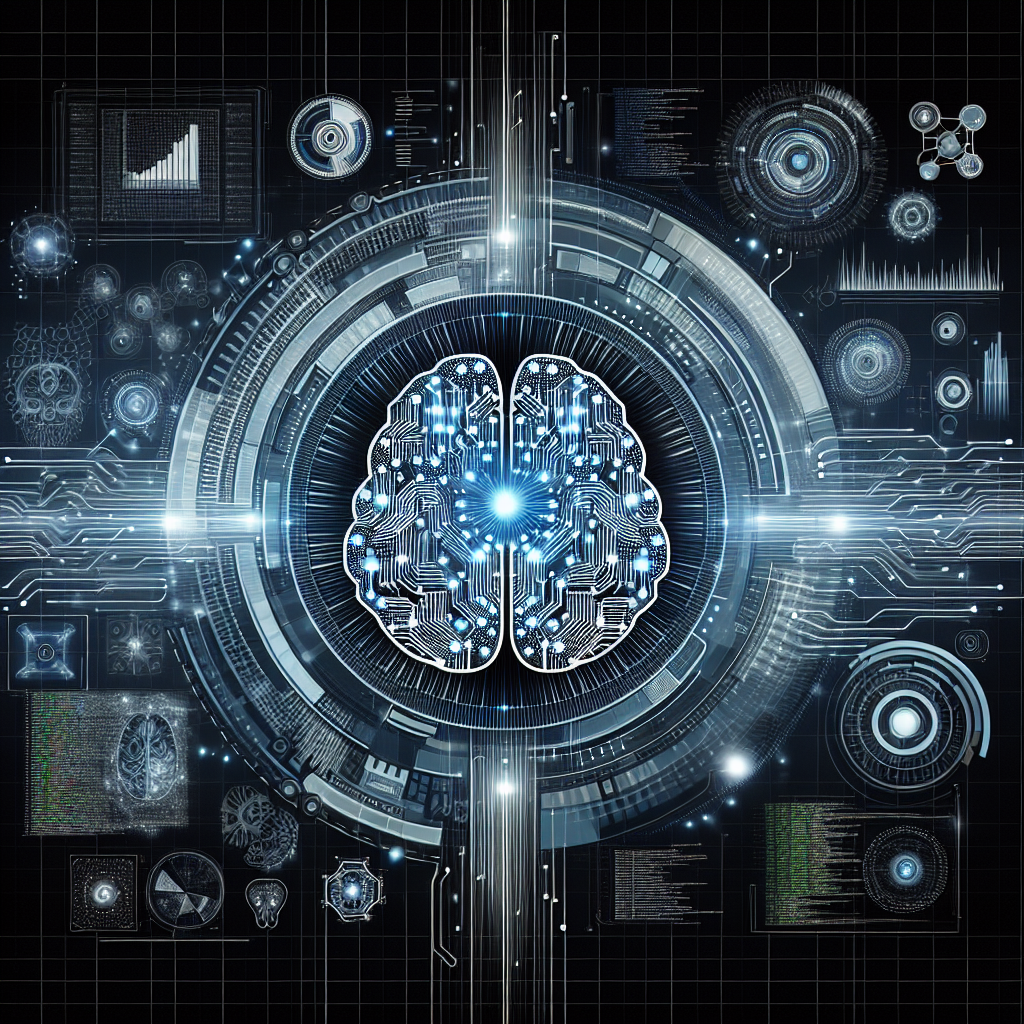Artificial General Intelligence (AGI) is the next frontier in the field of artificial intelligence (AI). While current AI systems are designed to perform specific tasks, such as image recognition or natural language processing, AGI aims to create machines that can think and learn like humans. This has the potential to revolutionize industries, transform economies, and reshape society as we know it.
In this article, we will explore the concept of AGI, its potential applications, challenges, and the future beyond AGI. We will also address common questions and concerns about AGI in the FAQs section at the end.
What is AGI?
AGI refers to AI systems that possess the ability to understand, learn, and apply knowledge across a wide range of tasks and domains. Unlike narrow AI, which is designed for specific tasks, AGI aims to replicate human intelligence in its entirety. This includes reasoning, problem-solving, creativity, and emotional intelligence.
The development of AGI is considered the holy grail of AI research, as it has the potential to revolutionize industries, accelerate scientific discoveries, and solve complex societal challenges. AGI systems could automate a wide range of tasks, from driving cars to diagnosing diseases to creating art.
Current progress in AGI research has been promising, with advancements in deep learning, reinforcement learning, and neural networks. However, creating a truly intelligent machine that can match or surpass human intelligence remains a formidable challenge.
Applications of AGI
The potential applications of AGI are vast and varied. Here are some examples of how AGI could transform industries and society:
1. Healthcare: AGI systems could revolutionize healthcare by diagnosing diseases, designing personalized treatment plans, and predicting patient outcomes. This could lead to more accurate diagnoses, improved patient care, and reduced healthcare costs.
2. Finance: AGI systems could analyze financial data, predict market trends, and optimize investment strategies. This could lead to more efficient financial markets, higher returns on investments, and reduced risks.
3. Education: AGI systems could personalize learning experiences, adapt to students’ individual needs, and provide real-time feedback. This could lead to improved student outcomes, increased engagement, and enhanced teacher effectiveness.
4. Transportation: AGI systems could optimize traffic flow, reduce congestion, and improve safety on roads. This could lead to faster commutes, lower emissions, and fewer accidents.
Challenges of AGI
Despite the potential benefits of AGI, there are several challenges that must be addressed before it can become a reality:
1. Ethical concerns: AGI systems raise ethical questions about privacy, bias, accountability, and control. Ensuring that AI systems are used responsibly and ethically is crucial to prevent unintended consequences.
2. Technical limitations: Creating AGI systems that can match or surpass human intelligence requires breakthroughs in AI research, including advances in cognitive science, neuroscience, and computer science.
3. Safety and security: AGI systems could pose risks if they are not designed with robust safety and security measures. Ensuring that AI systems are secure, reliable, and transparent is essential to prevent malicious use or unintended harm.
4. Societal impact: AGI could disrupt industries, reshape economies, and change the nature of work. Ensuring that the benefits of AGI are shared equitably and that the transition is managed responsibly is crucial to prevent social inequalities.
The Future Beyond AGI
While AGI represents a major milestone in AI research, the future beyond AGI is even more exciting. Once AGI systems are developed, researchers could explore the possibilities of superintelligent AI, which exceeds human intelligence by orders of magnitude. Superintelligent AI could accelerate scientific discoveries, solve complex problems, and unlock new frontiers in technology.
However, the development of superintelligent AI also raises concerns about control, alignment, and the potential for unintended consequences. Ensuring that superintelligent AI is aligned with human values, goals, and intentions is crucial to prevent catastrophic outcomes.
FAQs
Q: Will AGI replace human jobs?
A: AGI has the potential to automate a wide range of tasks, which could lead to job displacement in certain industries. However, AGI could also create new job opportunities, stimulate economic growth, and increase productivity.
Q: What are the ethical implications of AGI?
A: AGI raises ethical questions about privacy, bias, accountability, and control. Ensuring that AI systems are used responsibly and ethically is crucial to prevent unintended consequences.
Q: How close are we to achieving AGI?
A: While progress in AGI research has been promising, creating a truly intelligent machine that can match or surpass human intelligence remains a formidable challenge. It is difficult to predict when AGI will be achieved, as it depends on breakthroughs in AI research and technological advancements.
In conclusion, AGI represents a major milestone in AI research with the potential to revolutionize industries, transform economies, and reshape society. While there are challenges to overcome, the future beyond AGI is even more exciting, with the possibilities of superintelligent AI and new frontiers in technology. By addressing ethical concerns, technical limitations, safety and security issues, and societal impacts, we can ensure that AGI is developed responsibly and ethically for the benefit of humanity.

